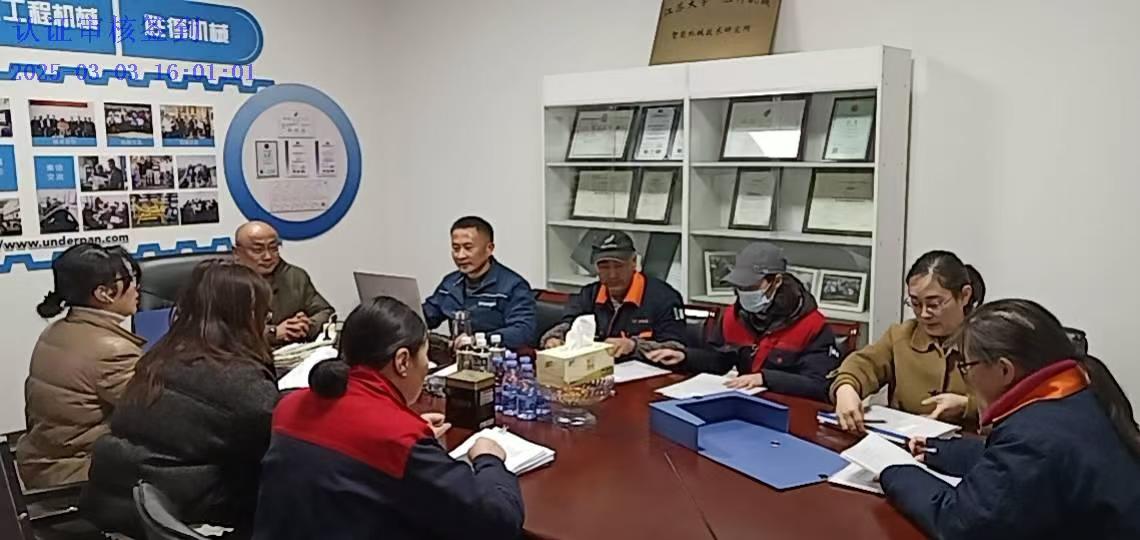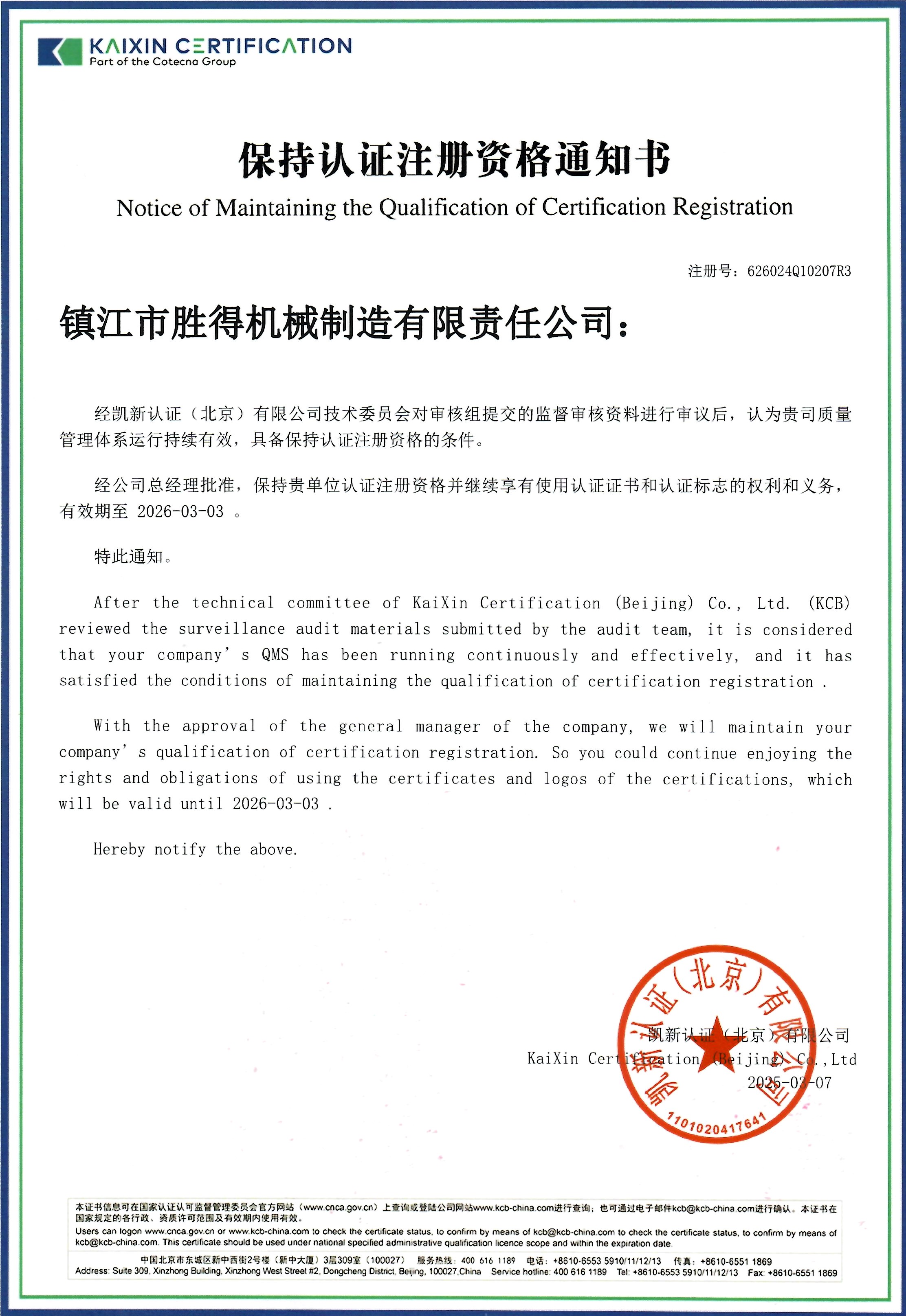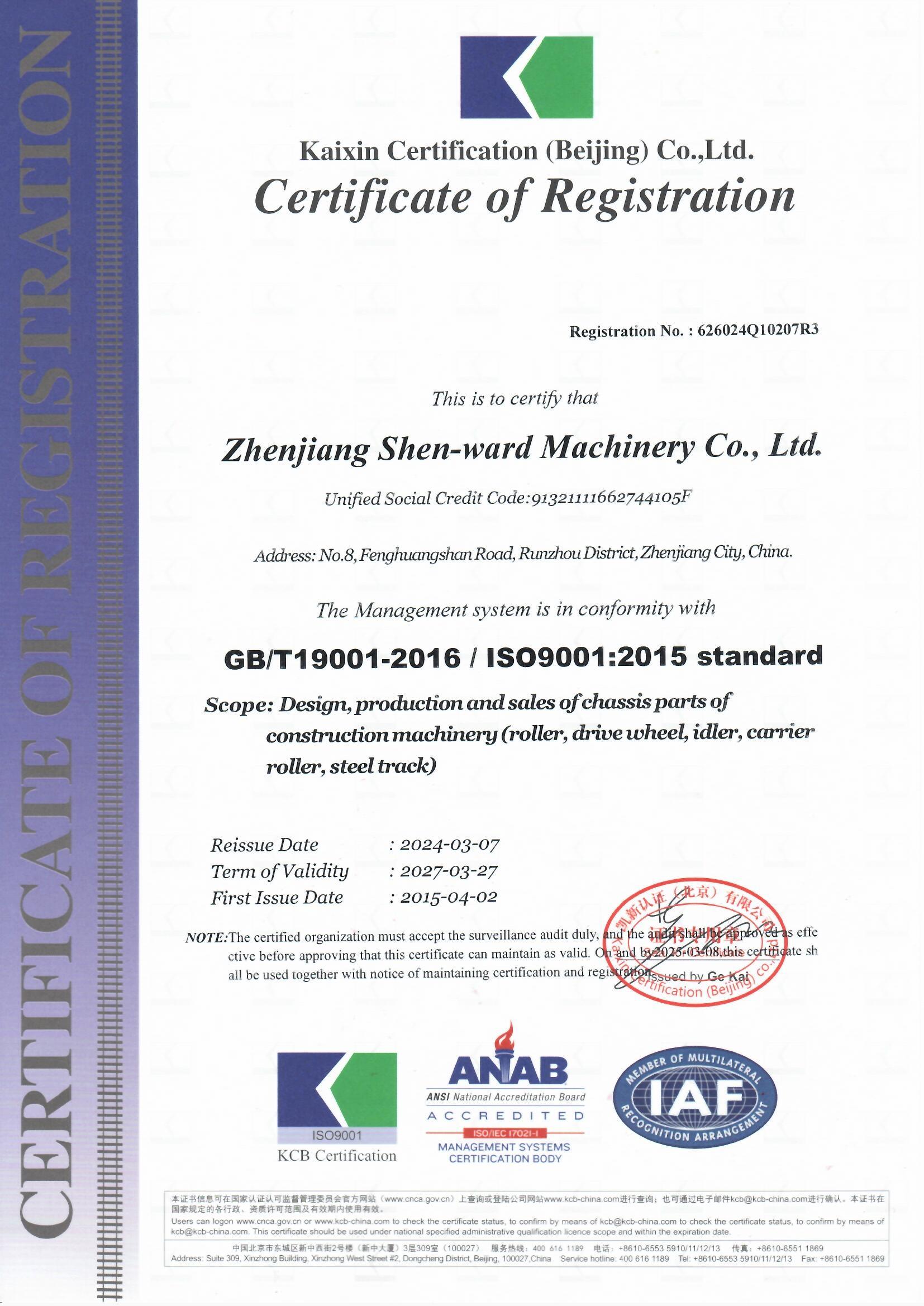On March 3rd, 2025, Kai Xin Certification (Beijing) Co., Ltd. conducted an annual supervision and audit of our company's ISO9001:2015 quality management system. Each department of our company presented detailed reports and demonstrations on the implementation of the quality management system in 2024. According to the review opinions of the expert group, it was unanimously agreed that our company effectively implemented the quality management system and was qualified to retain the registered certification.
The company adheres to the ISO9001:2015 quality management system standard and strictly implements it, which demonstrates its commitment to product and service quality and can effectively enhance customer satisfaction and market competitiveness. The following is an analysis of the key points and specific implementation measures of this practice:
### Correspondence between Core Requirements of ISO9001:2015 and Company Practices
1. Customer-Centricity
**Implementation Measures: Through customer demand analysis, contract review, and satisfaction surveys (such as regular questionnaires, feedback channels), ensure that products and services meet customer expectations.
**Outcome: Respond quickly to customer complaints, establish corrective and preventive mechanisms, and enhance customer loyalty.
2. Leadership
**Implementation Measures: Senior management formulates quality policies (such as "Zero Defect Delivery"), allocates resources (such as training budgets, digital quality analysis tools), and promotes full participation in the quality culture.
**Outcome: Management reviews the system operation status regularly to ensure that strategic goals are consistent with quality goals.
3. Process Approach
**Implementation Measures: Identify key business processes (such as R&D, procurement, production, testing), clarify input and output of each link and responsible departments, standardize operations through process diagrams and SOPs, establish KPI targets for each department, and monitor quality execution in real time.
**Outcome: Reduce process redundancy, for example, by reducing production error rate by 15% through automated testing.
4. Risk Thinking
**Implementation Measures: Establish a risk assessment mechanism (such as FMEA analysis), and formulate emergency plans for supply chain disruptions or equipment failures (such as a list of backup suppliers, emergency maintenance equipment for equipment, qualified suppliers for outsourcing processing, etc.).
**Outcome: Successfully avoided a risk of a critical raw material shortage in 2024, ensuring production continuity and timely delivery rate through pre-stocking.
5. Continuous Improvement
**Implementation Measures: Utilize internal audits, management reviews, and customer feedback data to promote the PDCA cycle. For example, in response to a high post-sale rate situation, analyze the causes of each occurrence, optimize production and assembly processes, and verify the effect.
**Outcome: Annual quality target achievement rate increased to 99.5%, customer satisfaction rate reached 99.3%.
By systematically implementing ISO9001:2015, the company not only meets the certification requirements but also integrates it into its daily operations and transforms it into actual competitiveness. This rigorous quality management culture will become the core advantage for responding to market changes and upgrading customer demands.









